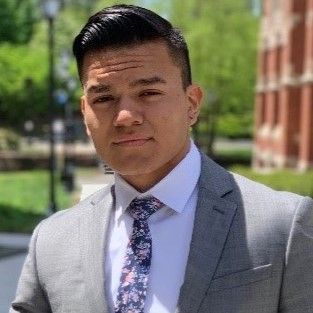Opinion
Video
Dr. DiBianco on how he learned to perform miniPCNL in pediatric patients
Author(s):
“With the support of the pediatric department and the pediatric urologists I work very closely with, we've been very successful in identifying the right patients,” says John Michael DiBianco, MD.
In this video, John Michael DiBianco, MD, discusses how he learned to perform miniPCNL in pediatric patients. DiBianco is an assistant professor of urology at the University of Florida, Gainesville.
Transcription:
When I was in residency, I learned how to do standard adult PCNL, and where I was trained, we did fluoroscopy, and we did it prone, sort of in that Superman position. When we rotated at Children's National, because I went to residency at George Washington in DC, I think we maybe did 2 PCNLs in the 6 months I was there, so not a lot. Fortunately, this isn't a very common issue. When I went to fellowship, I did a 2-year fellowship in endourology to learn some more advanced stone and BPH techniques. I learned, and I was trained in the supine position, which has certainly been much more adaptable. And there's a pediatric endourologist there who did PCNLs on pediatric patients. To be very honest with you, we didn't do a lot of the procedures that I'm doing now. I've kind of adapted some of those techniques that I've learned. And with the support of the pediatric department and the pediatric urologists I work very closely with, we've been very successful in identifying the right patients and, knock on wood, the patients are doing very well.
This transcription was edited for clarity.
Newsletter
Stay current with the latest urology news and practice-changing insights — sign up now for the essential updates every urologist needs.
















